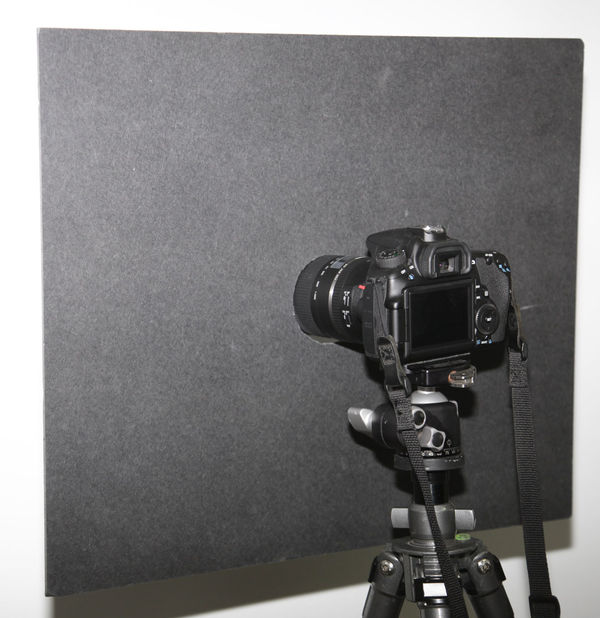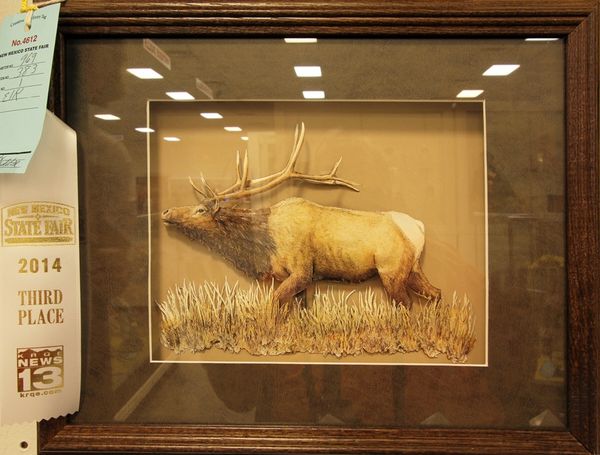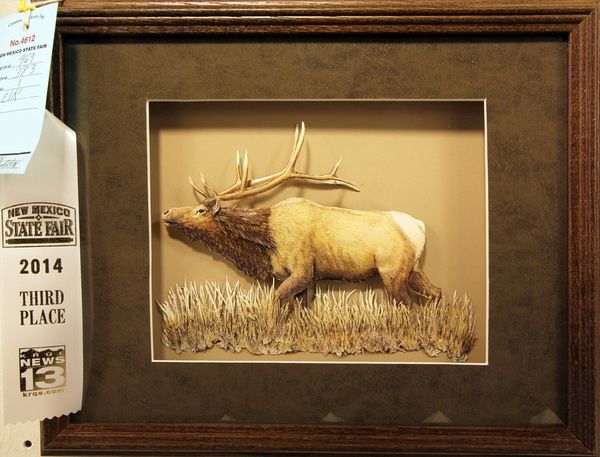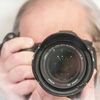Need non-glare glass for photo coping old large books
Jan 27, 2015 06:41:42 #
Jan 27, 2015 07:45:27 #
Retina
Loc: Near Charleston,SC
rkb wrote:
Does anyone have experience or know where I can get quality non glare glass or glass film to help in copying large old record books? Any that I have tried show reflection of copy stand and lights. Thanks in advance for any help.
I did this daily for years and will concur with others it's all about the angles. We used full-frame 35mm camera, a 55mm micro-nikkor for all sizes of originals, low-reflective glass, side lighting, and nothing to hide the camera other than a very dark room. There was never a problem with reflections.
Jan 27, 2015 08:45:17 #
I was asked to copy a book from a friend that was of 1000 pages, and more than 150 years old. It was about 12" x15" inches in size. If you can find a plastics specialty store that sells polycarbonate sheets, one is available that is about 0.10 inches thick and matte finish on one side. You would likely need to purchase an 4' x 8' sheet and cut it yourself with a fine tooth saw. Polycarbonate also makes a good photo cover 'glass'. Eliminate everything that casts a reflection back into the camera using only strong oblique lighting. The polycarbonate won't break, & is light weight.
Jan 27, 2015 10:22:32 #
rkb wrote:
Does anyone have experience or know where I can get quality non glare glass or glass film to help in copying large old record books? Any that I have tried show reflection of copy stand and lights. Thanks in advance for any help.
A number of years ago I had to make enlargements of old photos and I didn't have the negatives. This was in the pre-digital days and I used non-glare picture frame glass. I didn't have fancy lighting, but I set up my Canon AE-1 on a tripod and placed whatever lighting I had (table lamps, clip lights, etc.) around the glass and adjusted them until I had no glare. I shot the photos flat on the floor - not on an easel or stand. The photos came out great and ended up on the walls of my newly redecorated restaurant for years. I think what you need is a brightly lighted area rather than direct lighting on the glass.
Jan 27, 2015 10:33:40 #
alliebess
Loc: suburban Philadelphia
GoofyNewfie wrote:
Before scanners, I did a i ton /i of copying wit... (show quote)
That's exactly what my book on making copies from books says - and it works!
Jan 27, 2015 10:46:49 #
rkb wrote:
Does anyone have experience or know where I can get quality non glare glass or glass film to help in copying large old record books? Any that I have tried show reflection of copy stand and lights. Thanks in advance for any help.
If possible, set up a tent in which to place the book. Eliminate the glare by controlling the light that gets to your subject. You will be surprised to see the clarity of your pages. GL
Jan 27, 2015 11:06:39 #
rkb wrote:
Does anyone have experience or know where I can get quality non glare glass or glass film to help in copying large old record books? Any that I have tried show reflection of copy stand and lights. Thanks in advance for any help.
I used to do a bit of similar copying when preparing lectures. I used regular window glass to hold the page flat and placed my lights at a 45º angle to the surface of the page, one light on each side. I had no problem with reflections. Be sure to use you lens shade or some barn-door like light modifier to keep direct light from striking the front element of the lens.
HTH
Jan 27, 2015 11:38:43 #
I once had a book reader light that was plastic with a light source from the side and only into the side. The page got illuminated with no reflection. Your problem is the from-the-top light source. There is no such thing as nin-reflective glass; what is done is to very fine-grained roughen the surface. Each little bit of glass reflects, but the result is diffuse reflection which seems to be non-reflective to the eye. The image sensor will not 'average' the light like the brain behind the eye does.
Jan 27, 2015 12:09:10 #
rkb wrote:
Does anyone have experience or know where I can get quality non glare glass or glass film to help in copying large old record books? Any that I have tried show reflection of copy stand and lights. Thanks in advance for any help.
What you need is just a piece of clear glass to keep the copy flat, two lights set at 45 degrees with polarizing filters on each of them, your camera on a stand looking straight down on the copy with a polarizing filter mounted on the lens. when you have properly adjusted everything you will not get any reflections except maybe from a stray source in the room you are using which has to be removed.
There are companies that sell sheets of polarizing material.
Jan 27, 2015 12:12:16 #
If possible work outdoors, or in a room well lit by North light.
Keep your camera perpendicular to the subject but angle it until any reflections disappear.
Use a small aperture to achieve an adequate depth of field.
Accept the perspective distortion and take the picture.
Correct the distortion in your photo-editor.
This is a rampant cheat, but it works.
At least give it a try; it will cost nothing but a little time.
Good luck.
Keep your camera perpendicular to the subject but angle it until any reflections disappear.
Use a small aperture to achieve an adequate depth of field.
Accept the perspective distortion and take the picture.
Correct the distortion in your photo-editor.
This is a rampant cheat, but it works.
At least give it a try; it will cost nothing but a little time.
Good luck.
Jan 27, 2015 12:22:19 #
rkb wrote:
Does anyone have experience or know where I can get quality non glare glass or glass film to help in copying large old record books? Any that I have tried show reflection of copy stand and lights. Thanks in advance for any help.
Many frame shops offer it. I buy glass from a wholesaler in San Francisco. If you are licensed to buy wholesale you can probably get it from DeltaHK Mat and Moulding 650-952-0330. If you want the very best glass (or acrylic) get "museum glass." It's almost invisible. Frame shops carry samples so you can see the difference.
Jan 27, 2015 13:21:47 #
rkb wrote:
Does anyone have experience or know where I can get quality non glare glass or glass film to help in copying large old record books? Any that I have tried show reflection of copy stand and lights. Thanks in advance for any help.
RKB, This subject comes up often on UHH so here again is my answer. Glass will always reflect. Always! So let it reflect nothing. Nothing can be a sheet of black fabric or a sheet of black foamcore. In either case, cut a hole in the center for the lens to see through. So simple and it worjs so well. Have fun, J. Goffe. Two examples attached plus a view of black foamcore.



Jan 27, 2015 13:59:09 #
rkb
Loc: State College, PA
Thanks to all for your shared knowledge.
Vicksart - Thank you for your detailed reference for glass.
the f/stops here - thank you for the pictures & info.
Vicksart - Thank you for your detailed reference for glass.
the f/stops here - thank you for the pictures & info.
Jan 27, 2015 16:23:21 #
OldBobD
Loc: Ohio
You probably need to use a polarizer on your lens plus a polarizer over your light. George Lepp describes the process in the February 2015 issue of Outdoor Photographer magazine.
Jan 27, 2015 16:40:38 #
OldBobD wrote:
You probably need to use a polarizer on your lens plus a polarizer over your light. George Lepp describes the process in the February 2015 issue of Outdoor Photographer magazine.
I have done the process commercially. If anyone wants to know more about it, contact me.
If you want to reply, then register here. Registration is free and your account is created instantly, so you can post right away.







